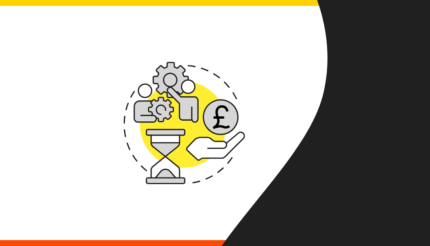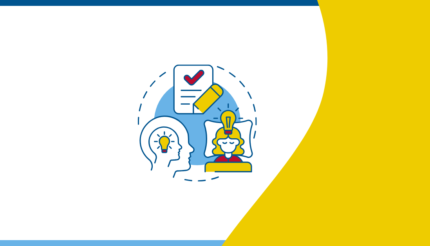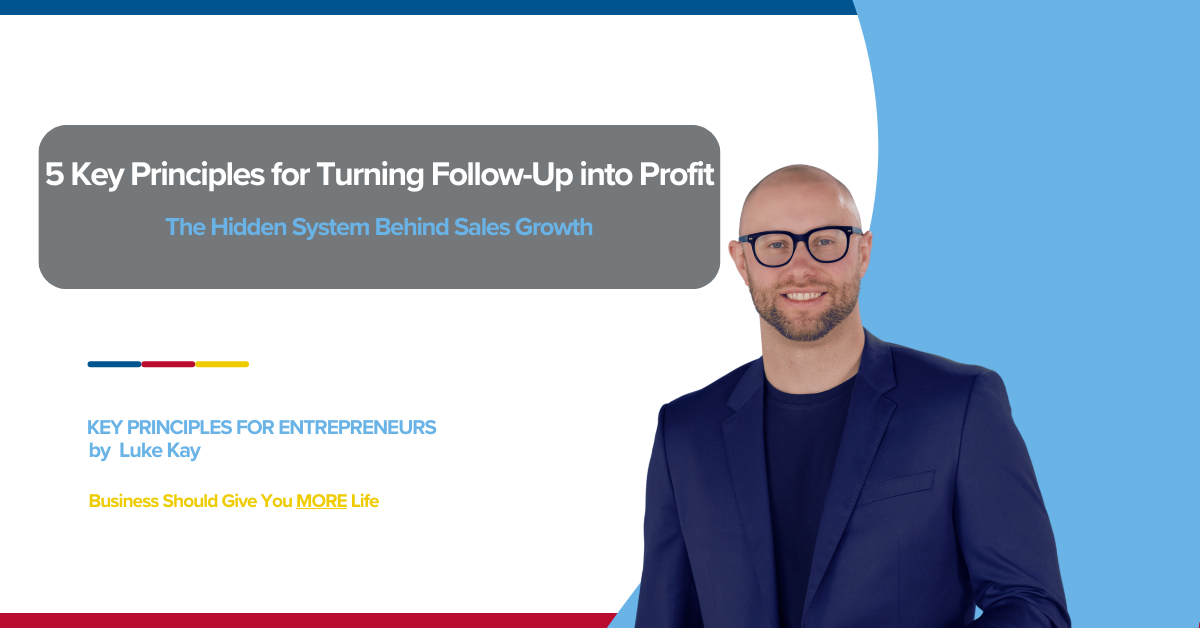
If you’re pouring time, money, and energy into generating leads but not seeing the profit you expect, the problem isn’t your marketing.
It’s your follow-up.
You can have the best lead generation system in the world, but if your follow-through is weak, money slips through the cracks. Great follow-up turns interest into income. And it’s often the missing link between a busy pipeline and a profitable business.
Let’s take EcoPlumb Heating Solutions, they spent thousands each month on Google Ads and generated dozens of enquiries weekly. But with no structured follow-up system, most leads went cold. When they finally implemented a CRM with automated reminders and a clear call script, they doubled their conversion rate in just 90 days—without increasing their ad spend.
Tasked Virtual Assistants took a very different approach. This growing agency built a follow-up framework from day one. Every lead received a personalised message within an hour, followed by a well-timed sequence of calls and emails. Their close rate jumped to 38%, and referrals rose too. They didn’t just follow up—they followed through, and that became their competitive edge.
Both businesses had strong offers. Only one had a follow-up system that turned interest into income.
Here are 5 practical, profit-focused principles to help you build a follow-up system that drives real profit. No fluff—just practical actions!
Key Principle #1. Speed is Money: Follow Up Fast
The faster you follow up, the more likely you are to win the sale. In today’s world, people expect instant responses. If you’re slow, they’ve already moved on to your competitor.
Research shows that leads contacted within an hour are 7x more likely to convert.
Create a system that alerts your team the moment a new lead comes in—and have someone ready to respond immediately.
Key Principle #1 Case Study: AO.com
AO.com trained their sales team to respond to online enquiries within 15 minutes. This small operational tweak may seem simple, but it had a massive impact. Customers who had questions while browsing were met with fast, helpful responses—removing friction and keeping buying intent high. The result? Their conversion rate jumped by over 20%, leading to a significant uplift in revenue without increasing marketing spend.
This rapid-response approach didn’t just improve sales—it also boosted customer satisfaction and reduced the number of missed opportunities. AO.com turned speed into a sales asset by treating follow-up as a priority, not an afterthought.
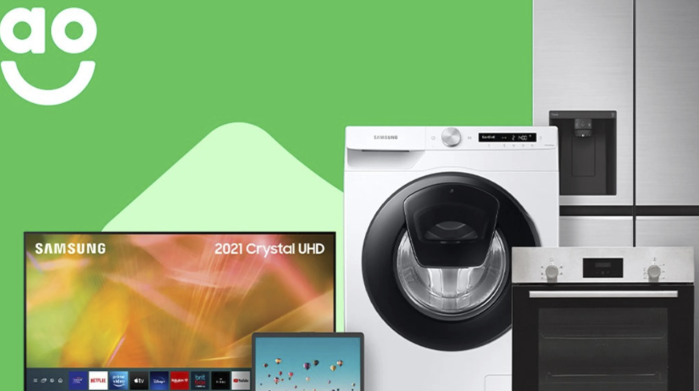
Key Principle #2. Build a Follow-Up Sequence (Not Just a Reminder)
Most sales don’t happen on the first touch. In fact, it takes multiple follow-ups to build trust and close the deal. If you’re stopping after one or two calls, you’re leaving serious profit behind.
Consistency compounds. A structured, multi-step sequence builds momentum and makes it easier to convert.
Design your follow-up sequence in advance—5 to 7 touchpoints spread out strategically, using multiple channels.
Key Principle #2 Case Study: Purplebricks
Purplebricks used structured follow-up campaigns—calls, texts, and emails—to build trust in a digital-first real estate model, which helped them grow in a traditional, face-to-face industry. Their follow-up wasn’t just about chasing a sale; it was about reassuring customers through every step of the process.
By addressing objections early and keeping communication consistent, they positioned themselves as a reliable alternative to high-street agents. This approach not only increased conversions but also shortened the sales cycle—proving that trust, delivered systematically, can scale even in industries rooted in personal relationships.

Key Principle #3. Personalise the Process
People don’t buy from faceless companies—they buy from people. If your messages feel templated or impersonal, they’ll get ignored. Personalised follow-up shows you care, and that builds trust faster.
Mention previous conversations, reference their specific needs, and make every follow-up feel like it was written just for them.
Key Principle #3 Case Study: Octopus Energy
Octopus Energy used a human-centred follow-up approach with messages written by real team members (not bots). Instead of relying on generic autoresponders, they trained their staff to send timely, personalised messages that answered real customer concerns. This small touch made customers feel valued, not processed.
As a result, their clients stuck around longer, churn rates dropped, and word-of-mouth referrals soared—driving organic growth without extra advertising spend. It proved that people don’t just buy the product—they buy the relationship.
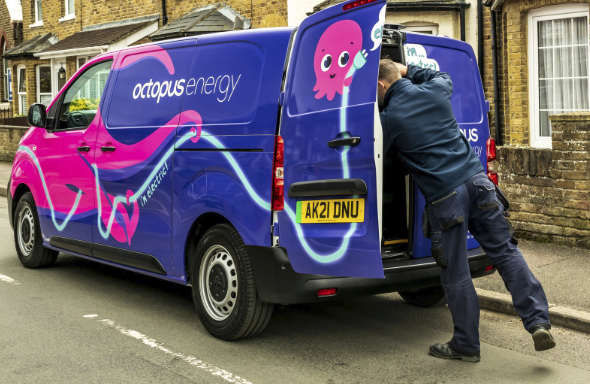
Key Principle #4. Track Everything
If you’re not measuring your follow-up process, you can’t improve it. You need to know who’s following up, how often, how quickly, and what’s converting.
Data gives you clarity—and clarity drives smarter decisions.
Use a CRM or tracking system. Measure lead response times, number of touches, and conversion rate. Review it weekly with your team.
Key Principle #4 Case Study: Mindful Chef
Mindful Chef tracked open rates, click-throughs, and time-to-response in their CRM. This helped them test what follow-ups worked best—and refine their messaging for more sales. By A/B testing subject lines and tweaking follow-up timing based on customer behaviour, they discovered their second email—sent 48 hours after the first enquiry—had the highest conversion rate.
They also adjusted their call scripts based on common objections logged in their system, making each conversation sharper and more relevant. These small refinements created a big shift in results—boosting their sales team’s conversion rate by over 30% within six months.
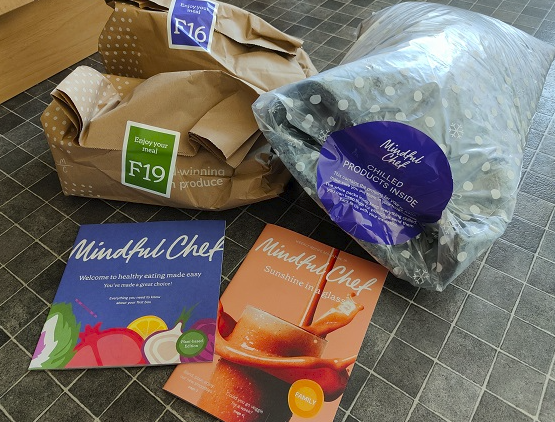
Key Principle #5. Add Value Every Time
Follow-up isn’t about pestering people—it’s about serving them. Each message should be useful: a helpful article, a free resource, or simply a well-timed check-in. That’s how you become the go-to expert—not just another pushy salesperson.
Make every follow-up feel like a gift, not a sales pitch.
Key Principle #5 Case Study: The Modern Milkman
This UK-based startup kept customers engaged by following up with sustainability tips and zero-waste living content. Customers valued the follow-up—and stayed loyal. But it didn’t stop there. Each email included product recommendations based on past purchases, making the content feel personal and relevant.
As a result, repeat purchase rates soared, and customer lifetime value increased by over 30%. Their follow-up wasn’t just informative—it was strategic, driving both trust and profit.

Follow-Up Fix Strategy: Your 5-Step Action Plan
Here’s how to start turning your follow-up into a profit-driving system:
- Respond to every lead within 60 minutes.
- Build a 5–7 touchpoint follow-up sequence using email, calls, and SMS.
- Personalise every message—never send cold templates.
- Track calls, emails, timing, and conversions using a CRM.
- Add value in every message, not just sales asks.
Take Action
Still spending on lead generation but not seeing the profit you want? It’s probably not the leads—it’s your lack of follow-through.
Let’s build a follow-up system that closes deals and scales revenue—without adding more pressure on your team. Book your FREE Business Discovery Call today. I’ll walk you through a simple fix to plug the leaks and turn your pipeline into real profit.
Our Events
High-growth businesses don’t happen by accident. They’re built with a plan, the right support, and bold action.
Our monthly events—part of our Entrepreneurship Academy and 1-2-1 Business Coaching programmes—are the perfect opportunity to network, learn, and experience the power of a results-driven community.
Come along and see how ActionCOACH’s proven strategies can help you scale faster and smarter. Whether it’s a high-impact Business Growth MasterCLASS or our Quarterly 90-Day Planning Day, you’ll walk away with clear actions and a solid plan on how to move your business forward.



